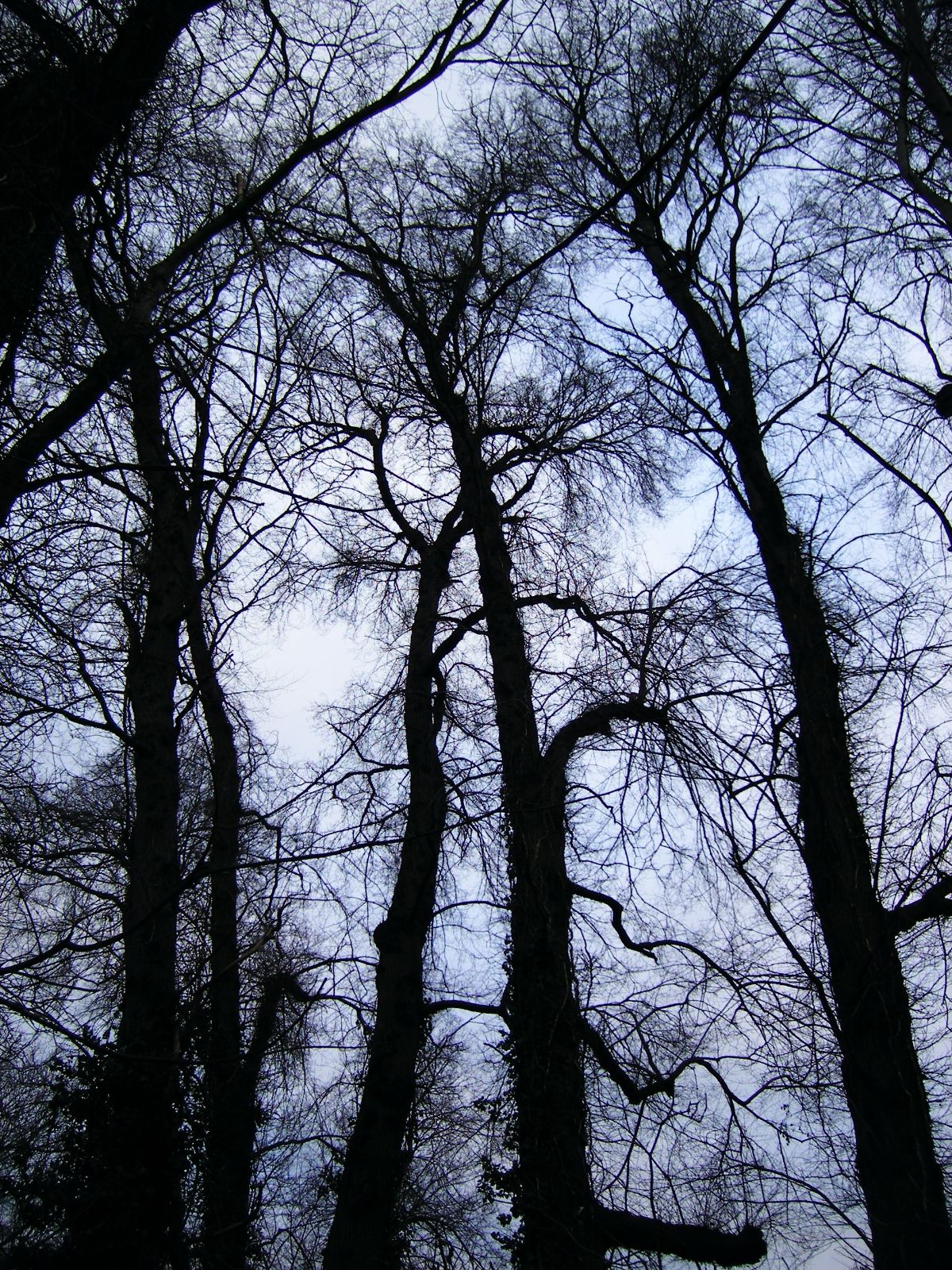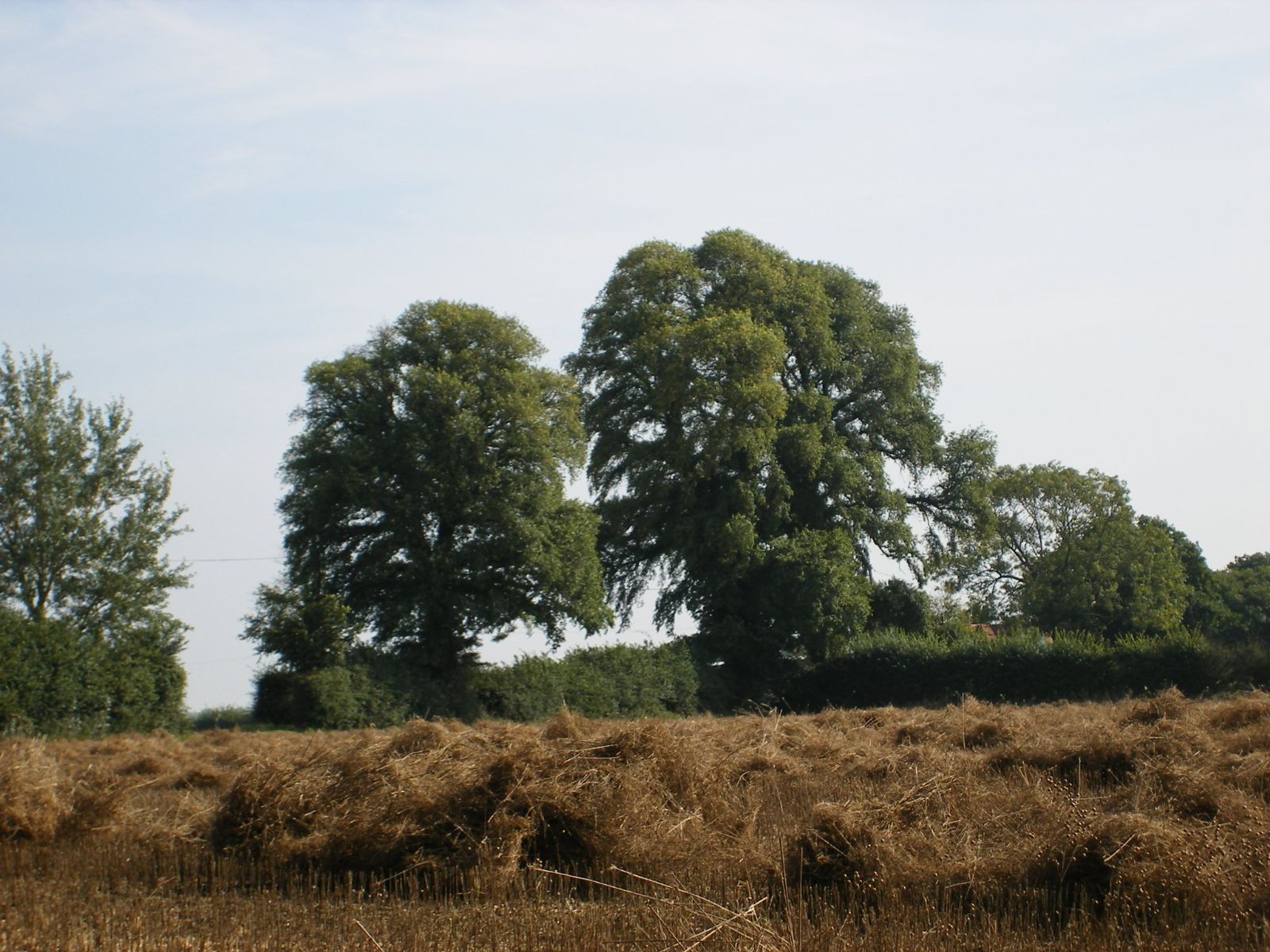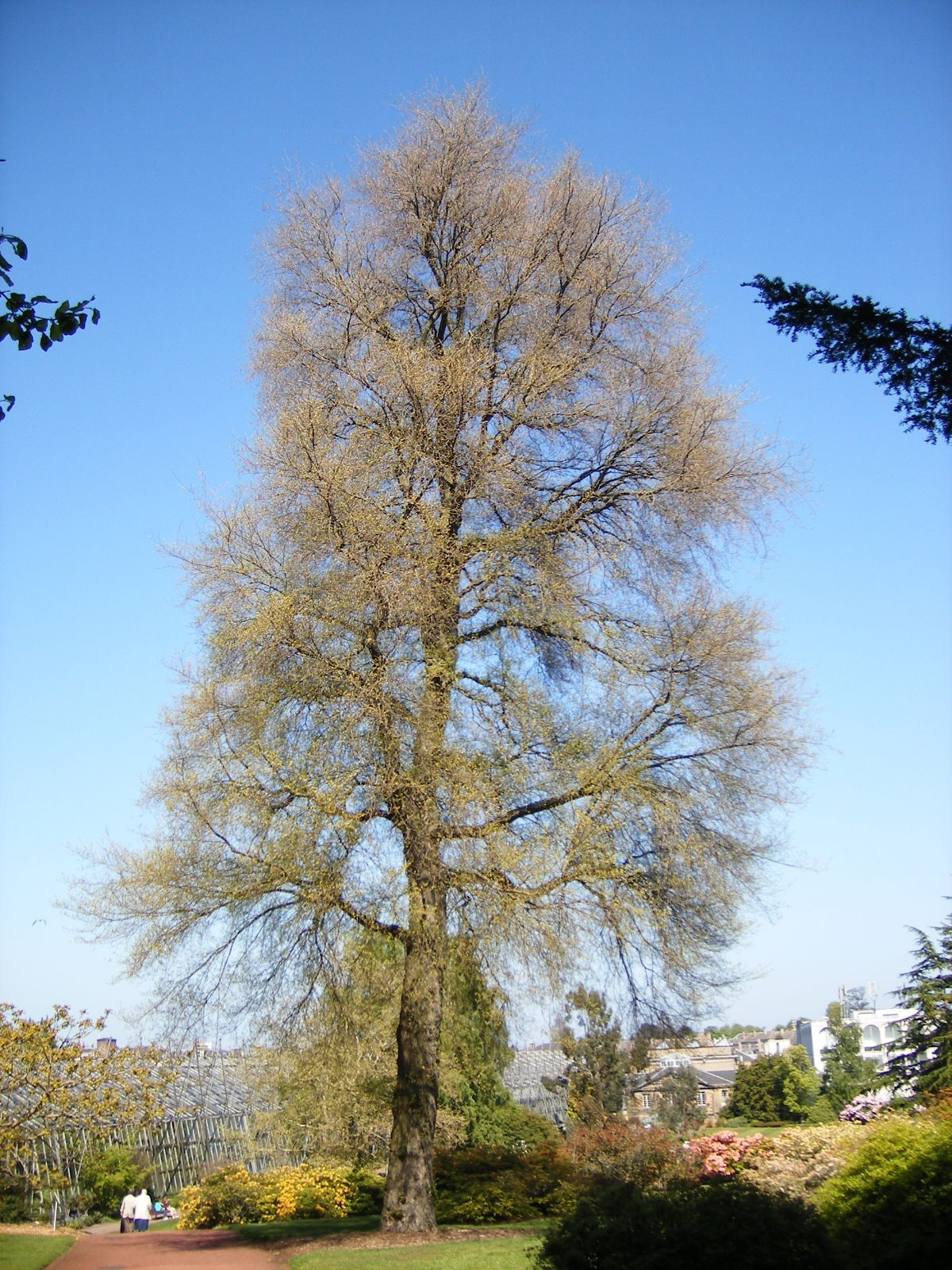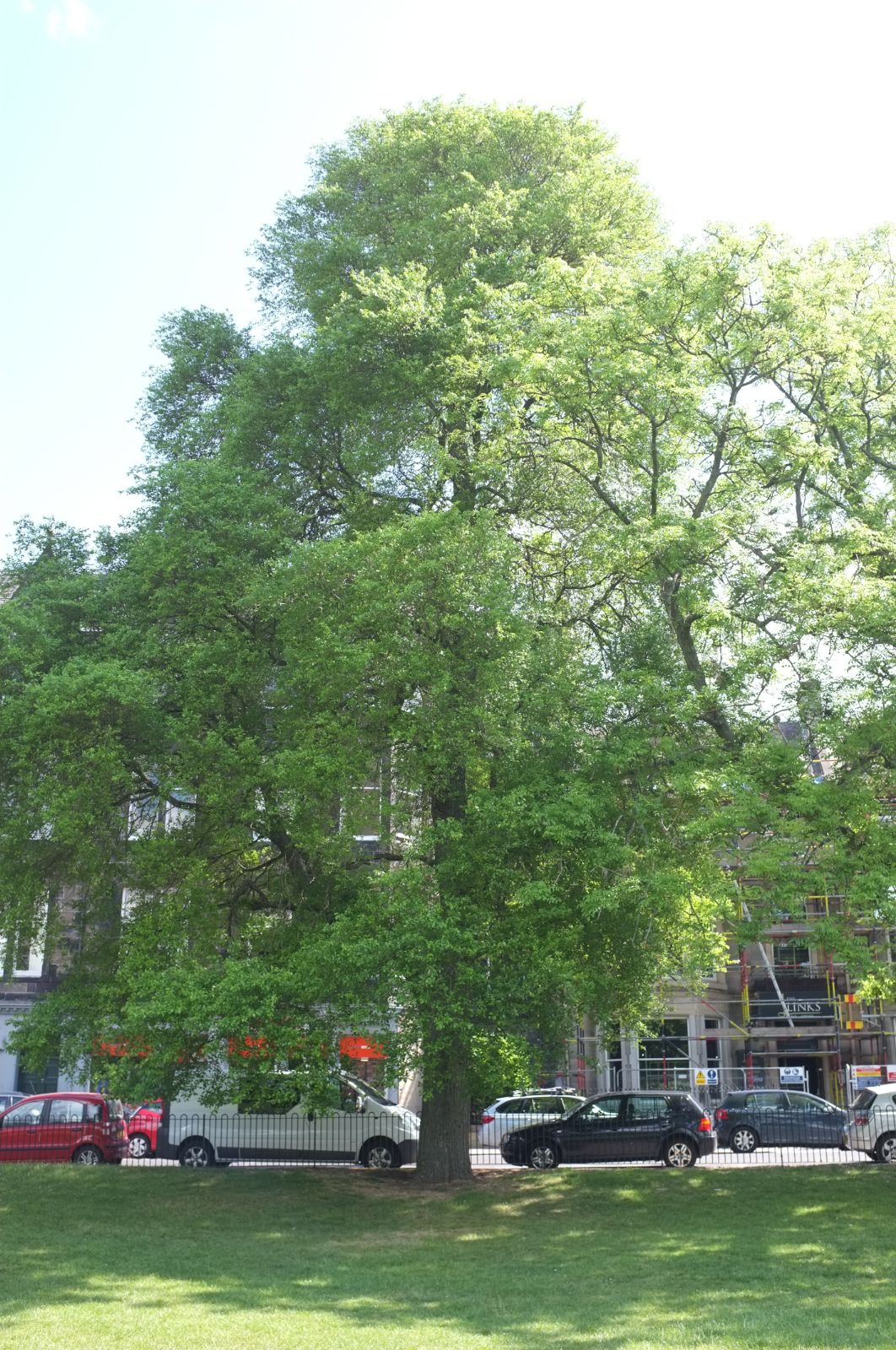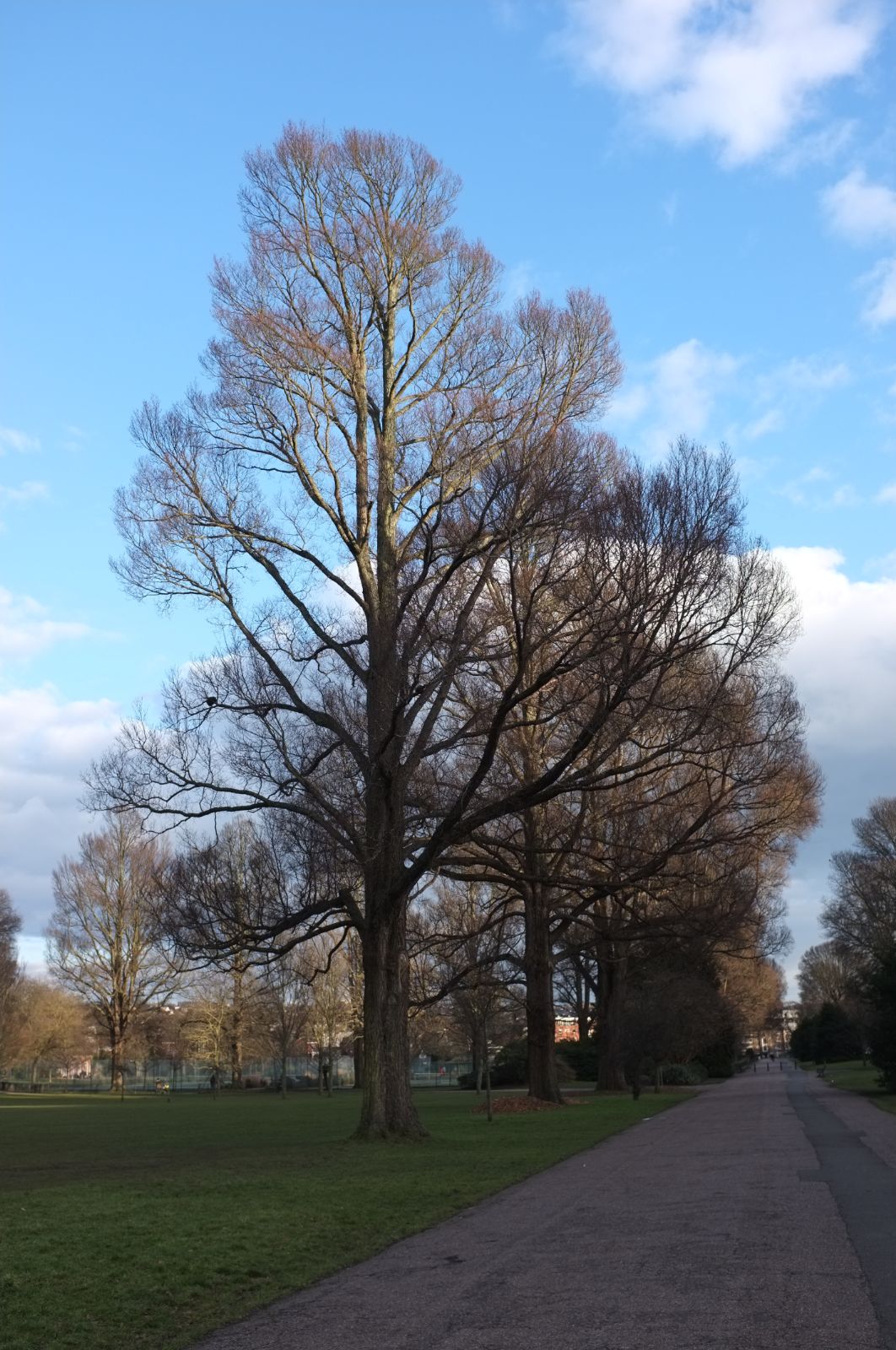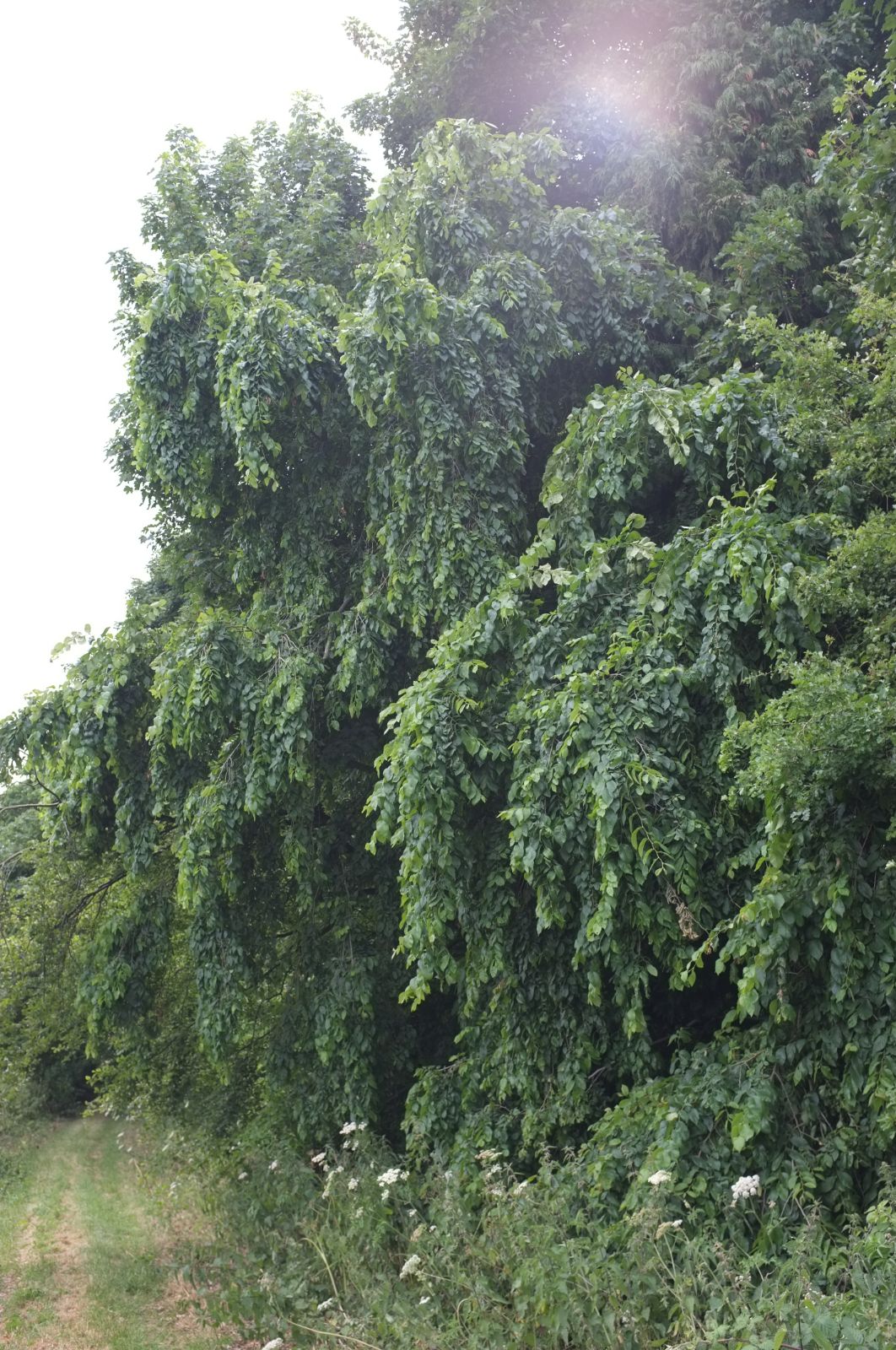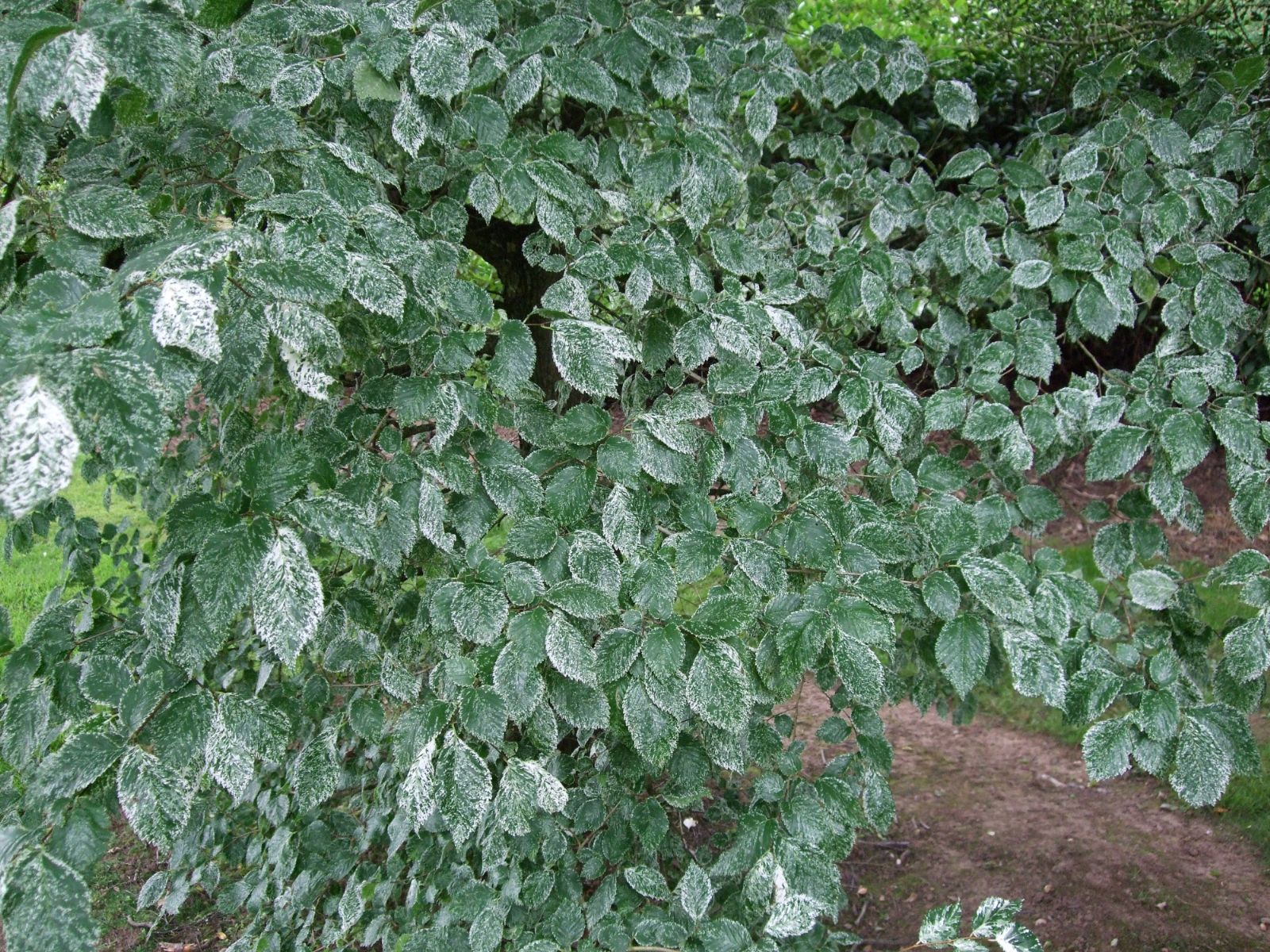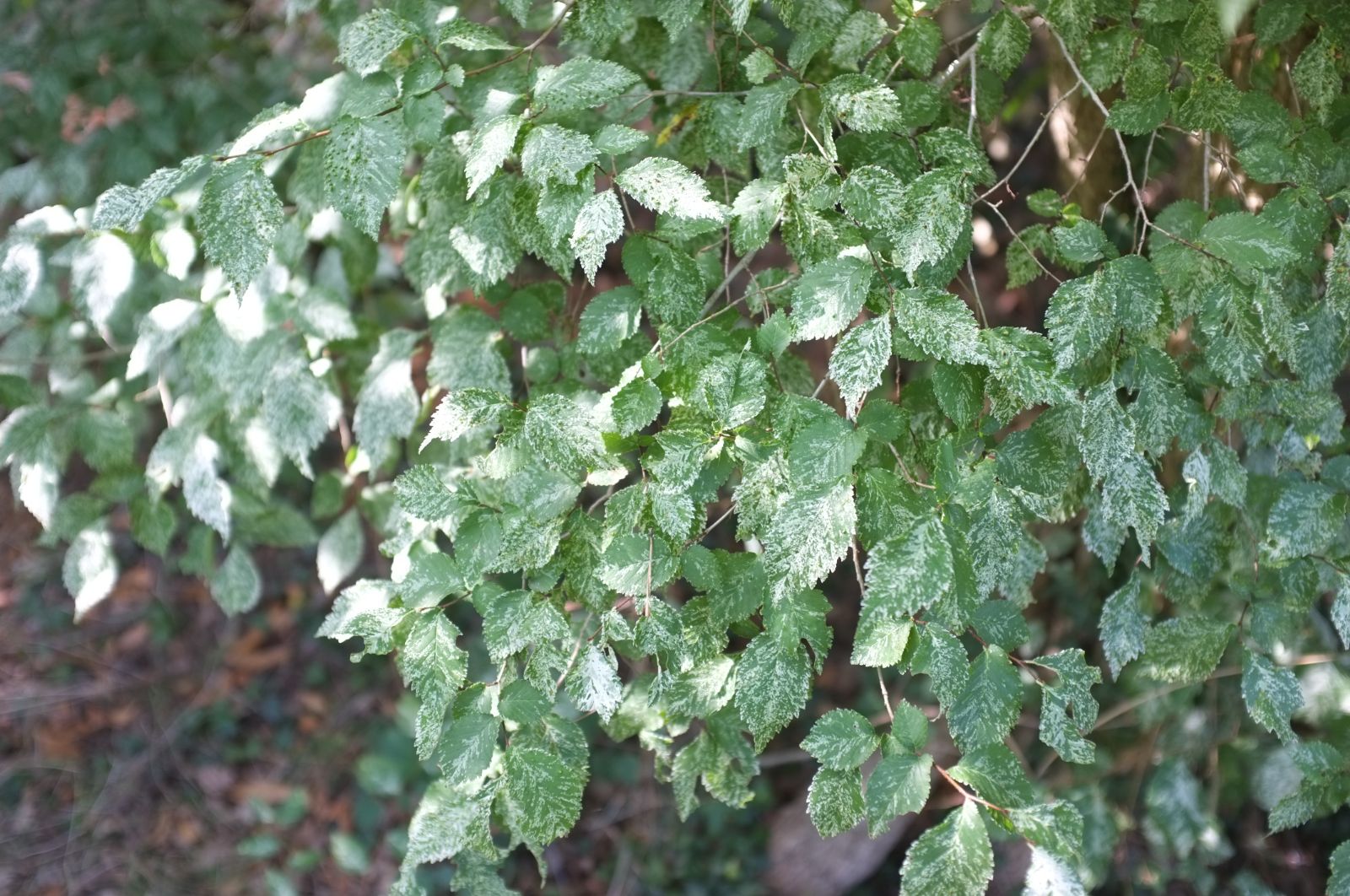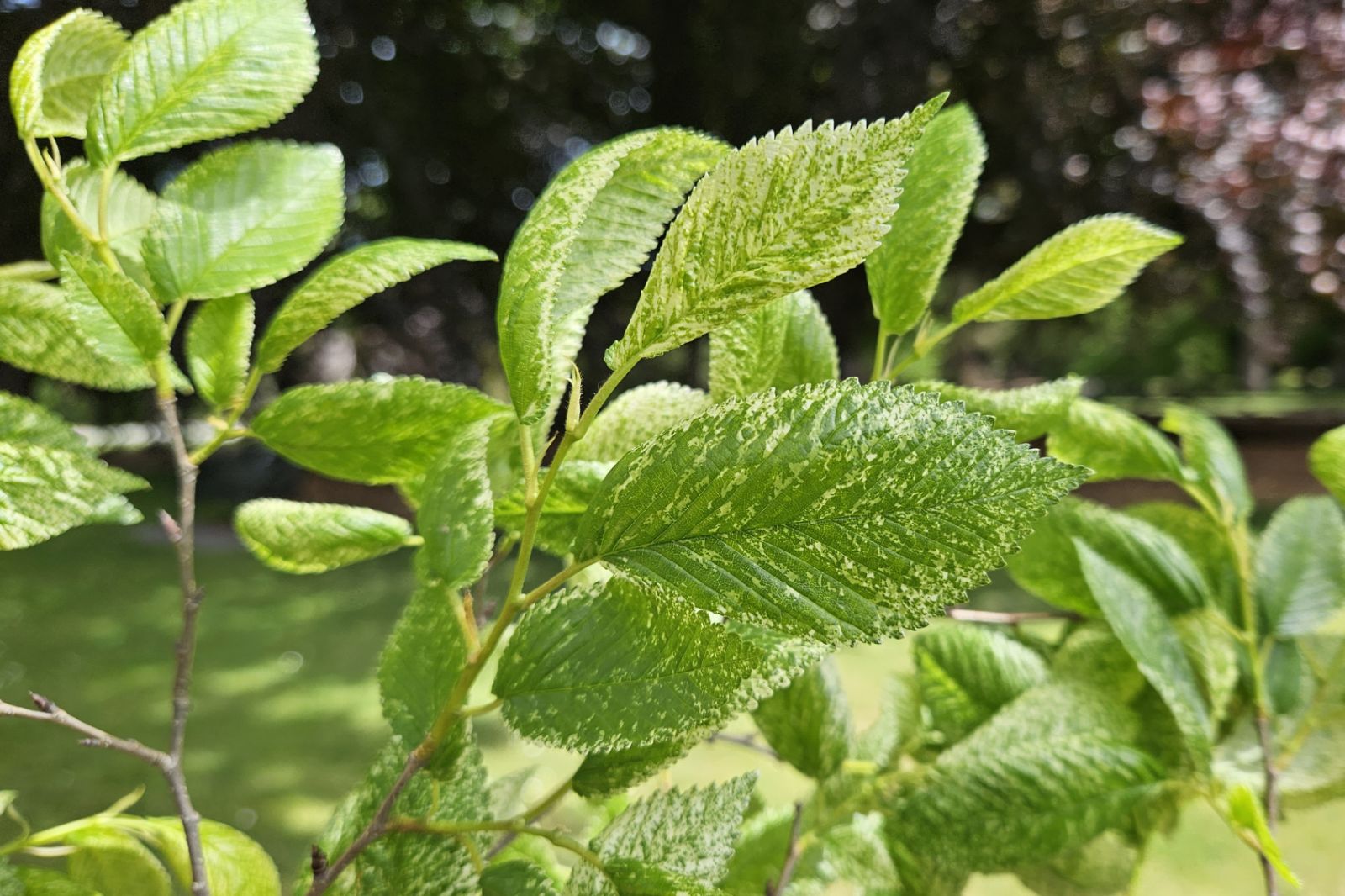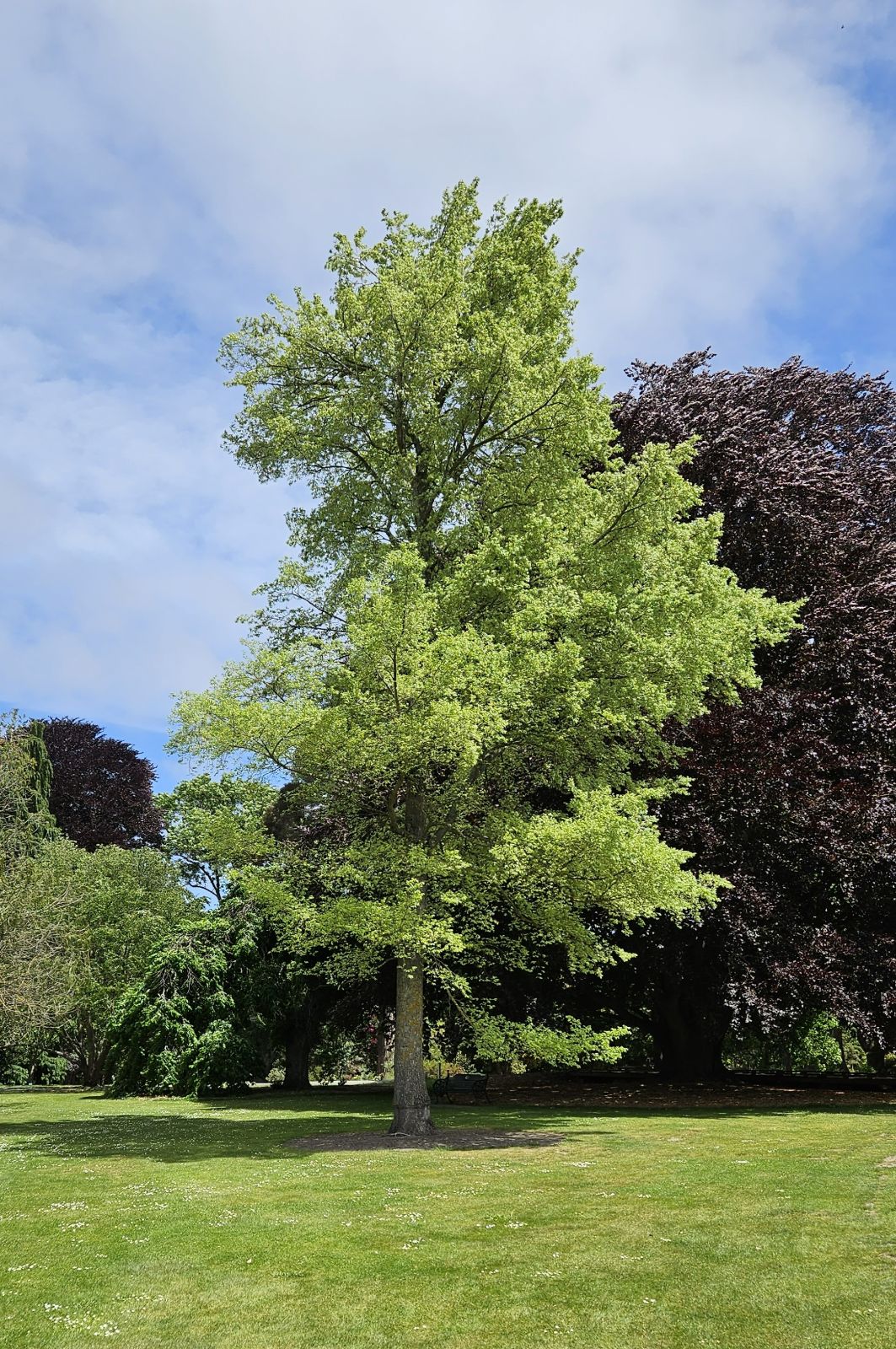Ulmus carpinifolia
Credits
Article from Bean's Trees and Shrubs Hardy in the British Isles
Recommended citation
'Ulmus carpinifolia' from the website Trees and Shrubs Online (treesandshrubsonline.
Genus
Common Names
- European Field Elm
- Smooth Elm
Synonyms
- U. campestris L., in part, nom. ambig.
- U. minor Mill. sens. Tutin in Fl. Europ., not Mill. sens. strict., nom. ambig.
- U. glabra Mill., not Huds.
- U. foliacea Gilib., nom. pre-Linn.
- U. nitens Moench
Infraspecifics
Other taxa in genus
- Ulmus americana
- Ulmus angustifolia
- Ulmus bergmanniana
- Ulmus campestris
- Ulmus canescens
- Ulmus castaneifolia
- Ulmus chenmoui
- Ulmus coritana
- Ulmus crassifolia
- Ulmus davidiana
- Ulmus elliptica
- Ulmus gaussenii
- Ulmus glabra
- Ulmus glaucescens
- Ulmus × hollandica
- Ulmus japonica
- Ulmus laciniata
- Ulmus laevis
- Ulmus lamellosa
- Ulmus macrocarpa
- Ulmus parvifolia
- Ulmus plotii
- Ulmus procera
- Ulmus pumila
- Ulmus rubra
- Ulmus serotina
- Ulmus szechuanica
- Ulmus thomasii
- Ulmus villosa
- Ulmus 'Viminalis'
- Ulmus wallichiana
- Ulmus wilsoniana
A tree to about 100 ft high; young shoots almost or quite without down in the adult tree, slender. Leaves obliquely oval or ovate, doubly toothed, narrowing at the apex to a shortish point, very unequal at the base (one side of the blade being tapered, the other rounded or semi-cordate), 11⁄2 to 4 in. long, 1 to 2 in. wide (on vigorous shoots considerably larger), upper surface glossy green and glabrous, lower surface downy only in the vein-axils or along the midrib; stalk 1⁄4 to 1⁄2 in. long; veins in ten to thirteen pairs. Flowers crowded in dense clusters close to the leafless shoot. Samaras oval or obovate, glabrous, 1⁄2 to 5⁄8 in. long, notched at the top, with the seed close to the notch.
A native of Europe, N. Africa and parts of S.W. Asia. In Britain (if interpreted in a narrow sense) it is confined to eastern England from Norfolk to the Thames, and perhaps beyond the Thames to Kent, elsewhere being replaced by closely related species (U. angustifolia, U. coritana and U. plotii), by U. procera or by hybrids. It is one of the two undisputed species of British elm. The other, the wych elm, U. glabra, is amply distinguished by the seed being in the middle of the samara, by the very downy shoots, the much larger downy or scabrid leaves and the very short petiole, almost concealed by the lobe-like base of the longer side of the blade. The common English elm, U. procera, differs in its rounder leaf, downy all over beneath and rough above.
U. carpinifolia var. italica (Henry) Rehd. (U. nitens var. italica Henry) is described as a Mediterranean variety, differing in its leathery leaves with more numerous pairs of lateral veins. This variety is of rather dubious standing, and it may be that some of the trees mentioned by Henry were hybrids of the Hollandica group.
Footnotes
U. minor Mill., in Gardeners Dictionary (1768) is inadequately described, and there is no type-specimen. There can, however, be little doubt that it was some sort of field elm, and if all the field elms of Britain and western Europe are considered to constitute a single variable species, the correct name for that species would be U. minor. If, on the other hand, two or more species are to be recognised, the ambiguity of U. minor Mill. would exclude its use, since it is impossible to know to which element in the complex the name should be applied. The name U. minor Mill. is discussed by Dr R. Melville in Journ. Bot. (Lond.), Vol. 77 (1939), pp. 266–70, and rejected as ambiguous. The argument for the adoption of this name in place of U. carpinifolia is put forward by J. H. Richens in Fedde’s Repertorium, Vol. 79 (1968), pp. 1–2. For the typification of U. carpinifolia, see Rehder in Journ. Arn. Arb., Vol. 19 (1938), pp. 266–8, and Melville, in Journ. Linn. Soc., Vol. 53 (1946), pp. 83–90.
'Berardii'
Synonyms / alternative names
U. nitens var. berardii (Simon-Louis) Bean
See U. ‘Berardii’ below.
f. sarniensis (Loud.) Rehd.
Synonyms
U. carpinifolia 'Sarniensis'
See U. ‘Sarniensis’, under U. angustifolia.
'Hoersholmensis'
An elegant tree with a short trunk and straight, ascending branches, forming a narrowly ovoid crown. Leaves dark green, rather narrow, cuneateat the base. Raised in 1885 by Nielsen of Hoersholm, Denmark, where it has been much planted.'Pendula'
A tree with pendulous branches, very vigorous and large-leaved.
'Umbraculifera'
A tree with a dense, rounded crown, much planted in southwest and central Asia. It was introduced to Europe from Iran in the last century. It is little known in this country, but succeeds well on the continent and in eastern N. America.var. cornubiensis (West.) Rehd
See U. angustifolia var. cornubiensis.var. dampieri (Wesm.) Rehd.
Synonyms
(U. carpinifolia 'Dampieri')
var. suberosa (Moench) Rehd.
Synonyms
U. suberosa Moench
'Variegata'
Leaves marked more or less copiously with white, especially on the margin.U. ‘Berardii’. – A very interesting little elm raised in the nursery of Messrs Simon-Louis, near Metz, in 1863. Its leaves are oval, {1/2} to 1{1/2} in. long, {1/4} to {5/8} in. wide, with four to seven coarse triangular teeth down each side; glabrous on both surfaces. The slender twigs and leaf-stalks are downy. The parent tree was said to be a large elm on the ramparts of Metz, and judging by the glabrous leaves of this variety it would appear to have been U. carpinifolia. It may, however, have been a hybrid. (U. berardii Simon-Louis; U. procera var. berardii (Simon-Louis) Rehd.; U. nitens var. berardii (Simon-Louis) Bean).

